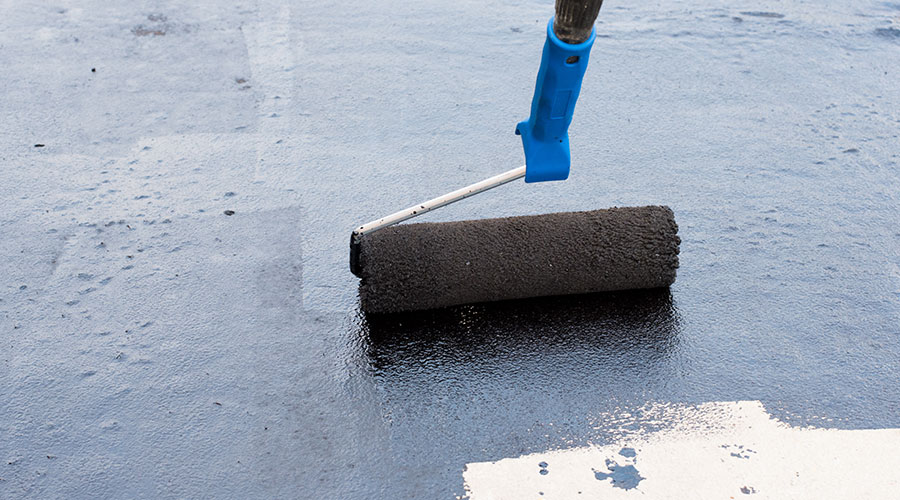EPA: Hazardous Waste Actions Continue
EPA: Hazardous Waste Actions Continue
Yale University will pay a fine of $17,862 for failing to meet financial assurance requirements of federal and state hazardous-waste laws, under a settlement reached with the U.S. Environmental Protection Agency (EPA).
The action is part of a federal initiative to ensure that organizations that handle hazardous waste have the funds available to properly clean up areas where the wastes have been treated, stored or disposed of when they stop the hazardous-waste activity.
The EPA’s Mid-Atlantic region also announced that it has reached settlements with: Charleston (W.Va.) Area Medical Center; Thomas Memorial Hospital in South Charleston, W.Va.; and Wilkes-Barre (Pa.) General Hospital for environmental violations involving hospital and medical infectious waste incinerators.
The action arose from EPA’s ongoing hospital and medical waste incinerator initiative, started in 2004 because many non-profit hospitals with incinerators were unaware of their responsibilities for the proper operation of incinerators under the Clean Air Act or had failed to implement strategies to comply with the applicable regulations.
In addition, aiming to increase the collection and recycling of cathode ray tubes (CRT), the EPA announced in July that it is streamlining federal hazardous-waste-management requirements for CRTs and CRT glass destined for recycling.
Under these new regulations, used and unbroken CRTs are not regulated as hazardous waste unless they are stored for more than one year. EPA is setting simpler, more manageable standards for unbroken CRTs because the risk of lead releases from them is very low. Limited storage requirements apply only to CRT recyclers and collectors.
OSHA Eyes Nursing Homes
The Occupational Safety and Health Administration (OSHA) will focus on approximately 4,250 high-hazard work sites in its primary list for unannounced comprehensive inspections for the coming year, as part of its 2006 site-specific targeting plan. Under the plan, OSHA will inspect nursing homes and personal-care facilities, but only the highest 50 percent-rated establishments will be included on the primary list. Inspections with focus on ergonomic hazards related to resident handling; exposure to blood and other potentially infectious materials; exposure to tuberculosis; and slips and falls.
The Greening of Rooftops
The area of roofs covered by vegetation has increased more than 80 percent in the past year, according to a study conducted by Green Roofs for Healthy Cities. Green roofs are rooftop gardens that: reduce storm water runoff; insulate against heat and sound; increase energy savings; and improve air quality. They also can reduce the urban heat-island effect, which is caused by dark urban roofs, pavement and other infrastructure absorbing the sun’s heat.
Green roofs covered at least 2.5 million square feet of roof space in North America in 2005, according to the study, up from 1.3 million square feet in 2004. Cities that incorporated the largest area of green roofs in 2005 include: Chicago; Washington D.C.; and Suitland, Md.
ASHRAE Certification in the Works
In response to demand, ASHRAE is exploring a certification program focusing on areas of the building environment, such as commissioning, health care facility engineering, building operation and sustainability.
“By offering certification, ASHRAE will make our members more valuable to the industry,” says Terry Townsend, ASHRAE president. “Certification from ASHRAE will add professional credibility to their work, as well providing educational resources to better enable them in designing and operating buildings that are more efficient.”
In support of certification, ASHRAE will expand its existing educational program, known as the ASHRAE Learning Institute.
The program is expected to launch in summer 2007. For more information, visit www.ashrae.org
Related Topics:











